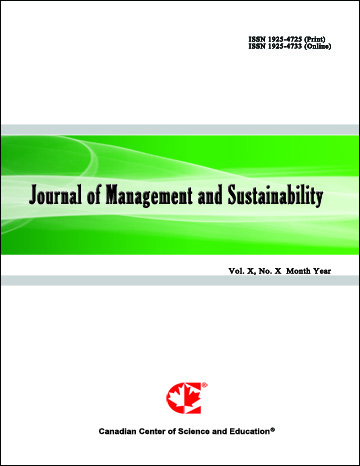Deforestation in Legal Amazon: A Panel Data Analysis of Potential Interferers
- Fernanda Bento Rosa Gomes
- Cecilia de Mattos Canella
- Otávio Eurico de Aquino Branco
- Mariana C. Coelho Silva Castro
- Samuel Rodrigues Castro
Abstract
The knowledge on the significant factors that lead to environmental changes can be an attractive tool for directing priority actions of management, sustainability and impact minimization. In this regard, this work suggests the use of panel data analysis in environmental assessments, proposing a panel data regression model for the context of the Amazon forest, aiming to evaluate the role of primary activities over deforestation in Legal Amazon between 1988 and 2018. For this, the deforested areas in Legal Amazon were assessed regarding the potential explanatory variables: (i) area intended for soybean cultivation; (ii) area intended for palm oil cultivation; (iii) cattle ranching; and (iv) firewood and wood extraction. The model developed in this work evidenced cattle ranching and palm oil cultivation as significant factors for the increase of deforested areas, as well as the contribution of other factors besides primary activities in Amazon deforestation from 1988 to 2018. These results are in accordance with the literature, evidencing the applicability and assertiveness of the proposed method. This approach can help decision-makers of several other fields of environmental management. Additionally, this work also assessed the evolution of deforestation rates from 1988 to 2018, as well as possible regionalities and temporal trends in Legal Amazon deforestation. Statistically significant upward trends in deforestation rates in Amazonas, Mato Grosso, Pará, and Rondônia since 2012 were noticed. The spatial homogeneity in deforestation reinforces the need for effective oversight in Amazon.
- Full Text:
 PDF
PDF
- DOI:10.5539/jms.v10n2p97
Journal Metrics
Google-based Impact Factor (2021): 1.54
h-index (July 2022): 37
i10-index (July 2022): 147
h5-index (2017-2021): 12
h5-median (2017-2021): 19
Index
- Academic Journals Database
- ANVUR (Italian National Agency for the Evaluation of Universities and Research Institutes)
- CAB Abstracts
- CNKI Scholar
- EconBiz
- Excellence in Research for Australia (ERA)
- GETIT@YALE (Yale University Library)
- Harvard Library
- HeinOnline
- Infotrieve
- JournalTOCs
- LOCKSS
- MIAR
- PKP Open Archives Harvester
- RePEc
- Scilit
- SHERPA/RoMEO
- Stanford Libraries
- UCR Library
Contact
- Evelyn XiaoEditorial Assistant
- jms@ccsenet.org
